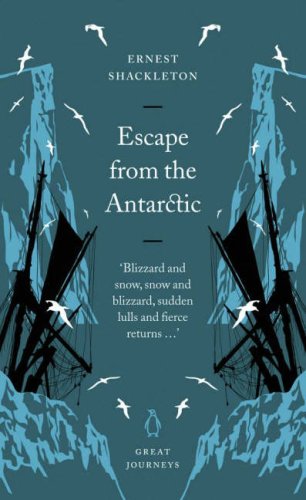Nostromo: The Silver of the Mine
 |
| VENTURA [CC BY 3.0], via Wikimedia Commons |
As with Lord Jim, I feel compelled to write something about Nostromo at about the 1/3 mark. Conrad very handily divided the novel into three sections: The Silver of the Mine, The Isabels, and The Lighthouse. I must get my (spoiler-free) thoughts down on the first part before continuing, otherwise I'm bound to forget them.
This "must" is, in part, due to the rambling style of the book. I can't remember the last time I read a narrative that was so clear in its purpose yet so murky in its direction. This first part is all about world-building and character painting, but Conrad doesn't go about it in a conventional, orderly fashion. In one moment you are in the past, in another you're in the present - in one paragraph, you're standing next to one character, then in the next, you're following another. Back and forth, all over the place! I had to check where I was a few times.
It's jumbled, but truly immersive. I feel I have a deep understanding of the people as well the place and time: the fictional nation of Costaguana, in 19th-century South America. That Latin American history course I took in college is coming alive in the story, places, and scenery. It's as if Conrad wants to show me everything all at once, to give me the most complete picture under 200 pages. It's overwhelming and strangely powerful.
Nostromo would benefit greatly from a character list such as you'll find in The Brothers Karamazov. There's several major characters and quite a few minor ones, and since the narrative is fluid, constantly shifting focus, it is hard to keep track of them all.
Our main character thus far is Charles Gould, aka Don Carlos, an Englishman and native to Costaguana. His father was cursed with an old, rundown silver mine - that is, coerced into buying it by shady government officials during a time of revolution. Charles, who is on good terms with the current dictator, decides to take advantage of the favorable political atmosphere and renovate his family's burden into a profitable scheme, providing jobs and stability to the region. His devoted wife Emilia supports him in this, as does his neighbor Avellanos and the retired-general-turned-manager Don Pepe. Some trouble is foreshadowed by the coming of the railway, not to mention the dubious leadership and the haunting legacy of Charles's father.
Nostromo is just a minor character so far. A commanding figure, he used to be a sailor, and now he works ashore, at times going the extra mile to keep the peace in the coastal town. It's not clear what role he is going to play in the future, but he strikes me as having the potential of Sydney Carton, being in the right place at the right time (or is it the wrong place at the wrong time?).
It took me forever to get into this book, but now that I am, I can say I am really enjoying it. Conrad excels at generating intrigue and making you curious about the fate of his characters, even if you're not totally sympathetic with them. I don't feel I have a solid grasp on the story, but I do understand the setting and characters, which is part of the appeal. Hopefully some of the mystery will be made clearer in part 2.



Comments